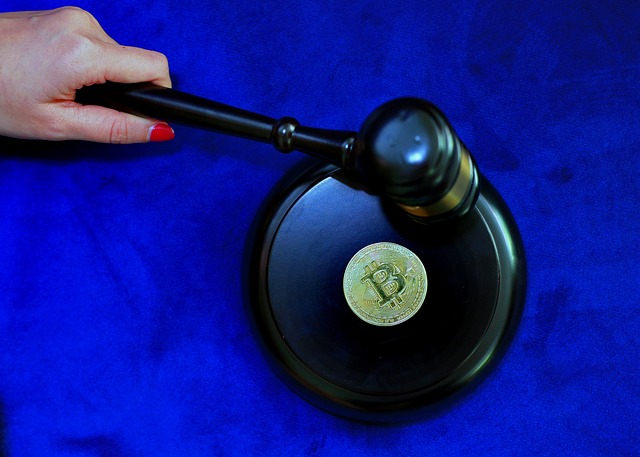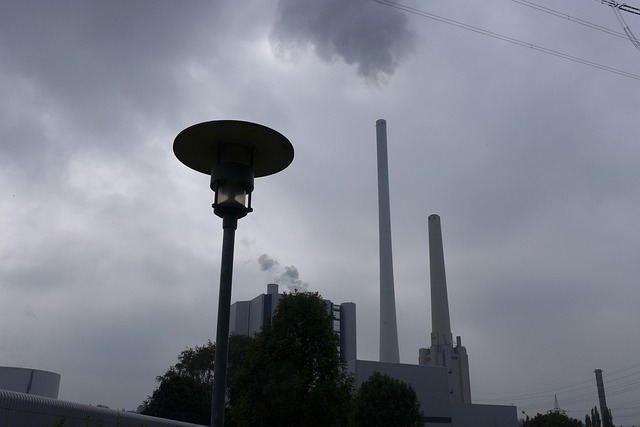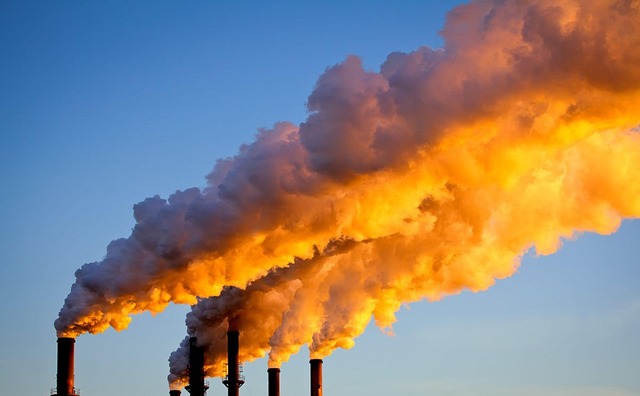Pollution, caused by diverse human activities, harms ecosystems and public health. To combat this, many countries implement Select Emissions Regulations targeting sectors like transportation, industry, and energy production. These regulations include green building standards, alternative fuel promotion, renewable energy limits, and chemical plant emission controls. Stricter rules for automotive emissions globally drive innovation in cleaner technologies while citizen engagement pushes for stricter compliance and aligns local policies with international standards. Advanced technology empowers regulators with real-time data, enabling more effective pollution control.
Pollution is a global crisis with far-reaching environmental and health implications. To combat this, understanding and implementing effective legal measures are crucial. This article explores the multifaceted approach to reducing pollution, focusing on the role of legal frameworks and select emissions regulations from around the world. We delve into strategies such as technology adoption, citizen engagement, and advocacy for sustainable change. By examining these aspects, we aim to provide insights into tackling pollution head-on.
- Understanding Pollution and Its Impact
- Legal Frameworks for Emissions Control
- Select Emissions Regulations: A Global Perspective
- Implementing Effective Pollution Control Measures
- Role of Technology in Reducing Emissions
- Citizen Engagement and Advocacy for Change
Understanding Pollution and Its Impact

Pollution, a multifaceted issue, arises from various human activities and finds its manifestation in numerous forms such as air, water, and soil contamination. The impact is profound, affecting both ecosystems and human health. Air pollution, for instance, contributes to respiratory diseases and cardiovascular issues while also exacerbating global warming through greenhouse gas emissions. Understanding these implications is crucial for devising effective strategies to curb pollution legally.
One key approach lies in the implementation of Select Emissions Regulations targeting specific pollutants from various sectors. The transportation sector, a significant contributor to air pollution, can benefit from electric vehicle adoption policies and alternative fuel standard requirements. Furthermore, global warming emission restrictions and the integration of advanced air pollution control techniques are essential steps towards creating a sustainable environment. Such measures not only reduce emissions but also foster innovation in cleaner technologies.
Legal Frameworks for Emissions Control

Many countries have implemented Select Emissions Regulations to combat pollution and its detrimental effects on the environment and public health. These legal frameworks are designed to control and reduce emissions from various sources, including industrial facilities, vehicles, and power plants. One key aspect is the enforcement of green building emission standards, which require new constructions and renovations to meet specific efficiency and pollution control criteria.
Additionally, the transportation sector is a significant focus area, with regulations promoting the adoption of alternative fuels and setting renewable energy emission limits. Governments also mandate alternative fuel standard requirements to diversify energy sources and reduce reliance on fossil fuels. These measures, combined with chemical plant emission controls, contribute to a greener landscape and a more sustainable future.
Select Emissions Regulations: A Global Perspective

Around the globe, countries are adopting Select Emissions Regulations as a cornerstone of their environmental policies to combat pollution. These regulations target various sectors, with stringent automotive emissions rules leading the charge in many regions. By setting strict limits on greenhouse gases and harmful pollutants, governments are pushing manufacturers to innovate cleaner technologies.
Beyond transportation, air quality health advisories guide policy makers in regulating industrial and commercial activities. This includes promoting practices that minimize emissions from power plants, factories, and construction sites. Moreover, renewable energy promotion laws play a crucial role in shifting towards sustainable energy sources like solar and wind power. Even solar panel emission profiles are being meticulously studied to ensure their environmental benefits, aligning with global efforts to reduce overall pollution levels.
Implementing Effective Pollution Control Measures

Implementing effective pollution control measures is a multi-faceted approach that requires strategic planning and adherence to stringent regulations. Governments play a pivotal role in this process by establishing and enforcing robust Select Emissions Regulations tailored to different industries. These regulations not only set limits on harmful emissions but also promote the adoption of cleaner production methods. For instance, greenhouse gas emission caps for factories can incentivize businesses to invest in advanced technologies that reduce their carbon footprint.
Local pollution control initiatives are equally vital, focusing on specific areas and communities most affected by environmental pollutants. These efforts complement broader climate change emission mitigation strategies by addressing local challenges. Additionally, preserving the stratospheric ozone layer is an international priority, with countries working together to phase out substances that deplete it, thereby safeguarding our planet from harmful ultraviolet radiation.
Role of Technology in Reducing Emissions

Technology plays a pivotal role in cutting pollution legally by enabling more precise and effective emissions control. Advanced industrial emissions monitoring tools allow regulators to track and measure pollutants in real-time, facilitating stricter enforcement of Select Emissions Regulations. This data-driven approach ensures that businesses adhere to natural gas emission reduction plans and other environmental standards.
Furthermore, innovations in clean energy sources like renewable power generation and biodegradable material regulations contribute significantly to pollution reduction. These technologies not only help decrease industrial emissions but also foster a sustainable future by promoting eco-friendly practices across various sectors.
Citizen Engagement and Advocacy for Change

In the fight against pollution, citizen engagement is a powerful tool for driving legal change. Individuals can take proactive steps by advocating for stricter emissions regulations and holding governments accountable through petitions, public forums, and direct communication with policymakers. This collective action ensures that voices demanding cleaner environments are heard, leading to the implementation of more effective emissions compliance laws. By staying informed about local and global global vehicle emission norms, citizens can push for policies that align with the world’s strictest emissions standards globally.
Active citizenry empowers communities to take control of their environmental destiny. They can participate in local initiatives, join environmental advocacy groups, or start their own campaigns to raise awareness and promote sustainable practices. This engagement not only drives legislative changes but also fosters a sense of collective responsibility for preserving the planet’s health.
Cutting pollution legally requires a multifaceted approach, from robust legal frameworks to global collaboration on Select Emissions Regulations. By understanding the impact of pollution and leveraging technology, we can implement effective control measures. Citizen engagement and advocacy are crucial for driving change, ensuring that collective efforts lead to a significant reduction in emissions worldwide.
